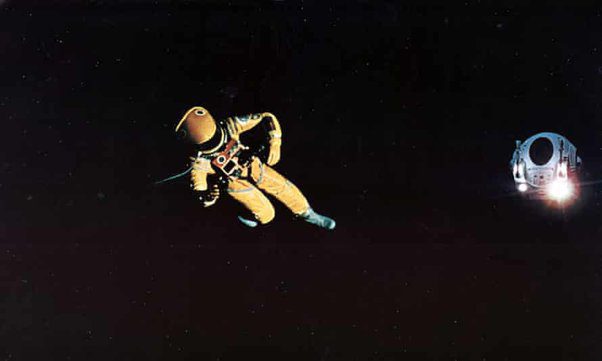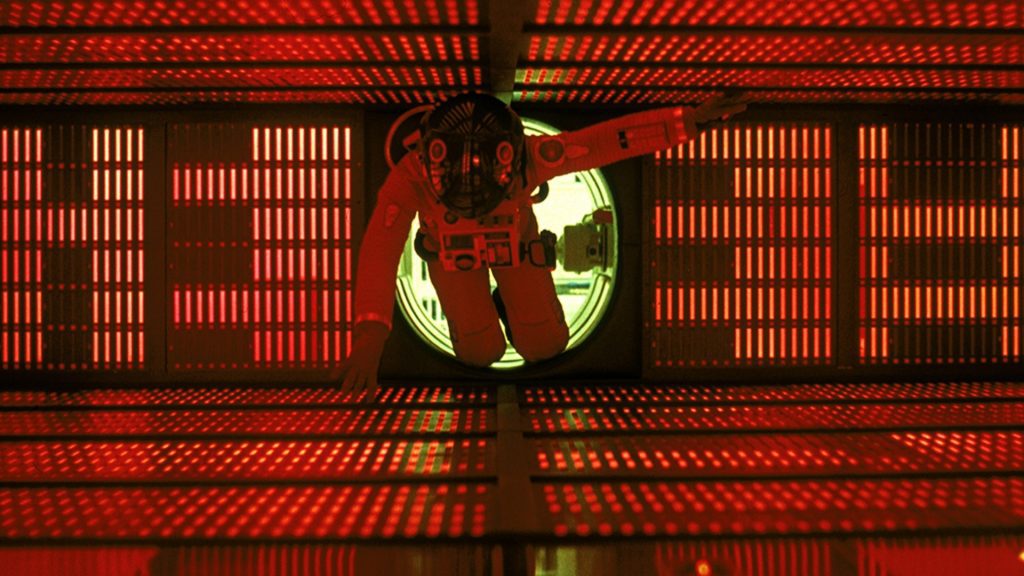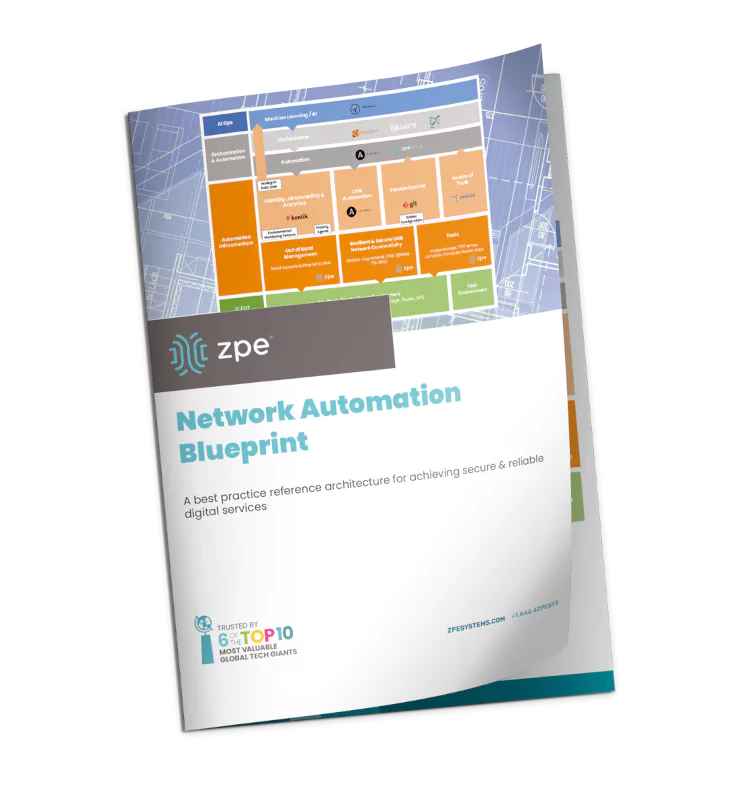
“I’m sorry, Dave, I’m afraid I can’t do that.”
Those nine words couldn’t possibly be related to network automation. Or could they?
Uttered famously by fictional supercomputer HAL 9000 in the 1968 Stanley Kubrick film 2001: A Space Odyssey, those words might have coincidentally foreshadowed the challenges (and fears) faced by modern network engineers. And it all has to do with automation.
Network automation — as crucial as it is to network resilience — is a daunting task, and it’s no wonder why IT professionals are reluctant to adopt it. One typo, one wrong command, or one coding error is all it takes to lose control of your network. In the movie, it was poor instructions in the HAL machine (e.g. your network) that gave way to a catastrophic sequence of events. Despite the computer’s explicit intentions to be a helpful asset, its actions proved counterintuitive and led to the demise of Discovery One’s entire crew (e.g. your job).
So what does any of this have to do with network automation?
With a little help from the movie, this post will cover:
- The biggest threat to network resilience
- Why automation makes network admins anxious
- How the right tools overcome this anxiety
The biggest threat to network resilience
It’s no secret that human error is the biggest threat to network resilience. In fact, the Uptime Institute reports that as many as 75% of data center outages are caused by human error.
Errors can come from any number of causes. These include anything from minor typos, to significant configuration shifts. With a sprawling number of network sites and devices, it can become incredibly difficult even for experienced IT teams to manually maintain their infrastructure.
This is exactly why companies adopt automation. Rather than manage individually unique devices or environments, automation allows teams to focus on processes and achieve their desired goals.
For technical teams, automation reduces the risk of errors, shrinks their workload, and improves scaling, all of which play a part in increasing resilience. This plays into the business case for automation, which revolves around decreasing outages and revenue losses.
The bottom line: Automation comes with plenty of benefits. So why aren’t more IT teams jumping to automate their networks?
Why network automation scares IT teams
The movie predicted that by the year 2001, we’d all be reaping the benefits of space travel and advanced technology. One of these technologies was the HAL 9000 supercomputer, described in the movie as being “fool-proof” and “incapable of error”. But as anyone knows, a computer designed and instructed by humans is never incapable of error — and that’s exactly why network automation scares IT teams.
In the movie, the five-man space crew aboard the ship Discovery One is on a mission to Jupiter. The ship is mostly controlled by HAL, the 9000-series supercomputer. HAL observes the crew using glowing red lenses built into the walls and consoles in the ship. HAL takes direct commands from the crew when a door needs to be opened, a communication broadcasted, an EVA (extravehicular activity) pod launched, etc.
The crew has a brief discussion with HAL regarding a similar computer’s malfunction, which HAL then concludes is the result of human error. After this, HAL experiences his own malfunction, which leads to the gradual breakdown of his helpfulness to the crew. HAL sends Frank Poole to his death, locks Dave Bowman out of the ship, and cuts life support measures to the remaining crew who were in cryosleep.
Automation presents such a dichotomy between asset and liability. On one hand, it’s capable of advancing us into our wildest dreams where we can accomplish incredible feats with little effort. On the other hand, a simple human error is all it takes to turn the same automated machine against us, making it capable of tearing down everything we’ve worked for and uprooting life as we know it.
For network engineers, automating IT can mean less downtime, more revenues, and job promotions. But it can also mean catastrophic outages, millions in losses, and a lengthy job search.
Simply put, network automation can be unforgiving, much like losing control of your ship in deep space.
How to overcome network automation anxiety
In the movie, Bowman has no option for stopping HAL other than manually pulling the plug. It’s a tedious and dangerous process, but it’s the only way Bowman can contain the damage caused by his artificial counterpart.
This is the same scenario that plays out in IT, albeit with much less drama, when something goes wrong in the automation chain. So how do you overcome this scenario? Can you even overcome it? The big tech companies can, but that’s only because they have the money and resources for it, right?
The reality is, many companies attempt to automate but inevitably fail because they don’t have the proper infrastructure in place. This is the differentiator — tech giants have focused their attention on implementing the right infrastructure over the past decade, and it’s why they’re able to successfully automate for more resilience.
The secret: their infrastructure has a safety net built into it. Their environments are forgiving. So when things don’t go as planned, whether due to mistakes or rogue machines, they have a lifeline that brings them back to safety.
How the Network Automation Blueprint brings you back to safety
The Network Automation Blueprint is key to overcoming automation anxiety. This architecture incorporates out-of-band management as well as dedicated orchestration and automation infrastructure. These allow you to test workflows and configurations for integrity before pushing them live. They also help you build an isolated recovery environment, which you can use to undo mistakes, such as if you unknowingly upgrade to a vulnerable configuration.
This architecture has been developed in direct collaboration with tech giants, and was recently validated by ONUG’s Hyperautomation Working Group.
For more details about this architecture, the ‘undo’ feature, and how they let teams automate without losing control, download the Network Automation Blueprint now.




